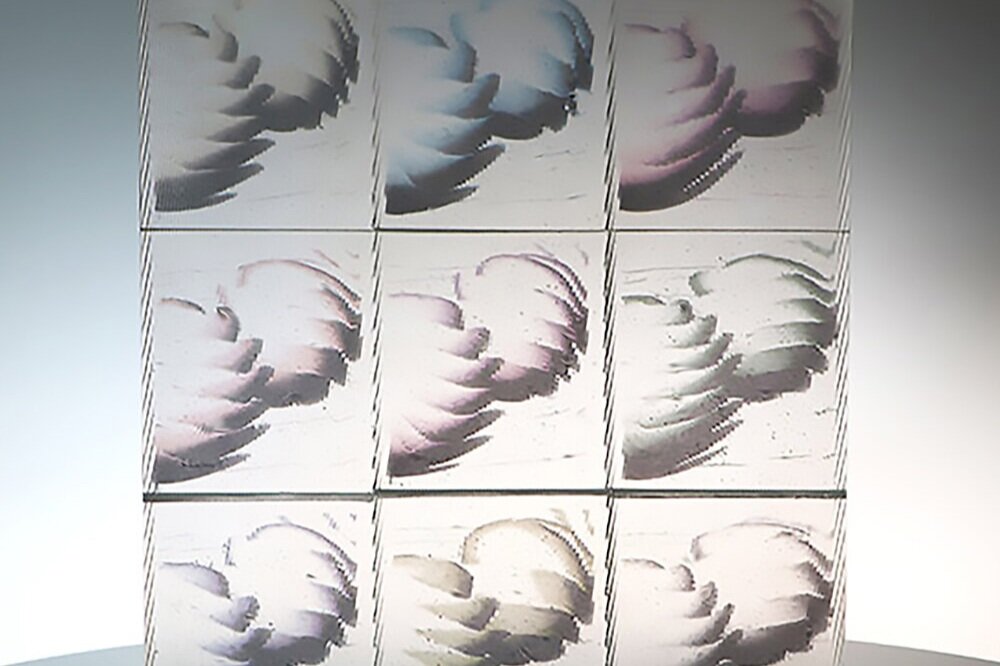
Research
A few years a go I went to a talk at the V&A Museum, by Elves Devlin, the acclaimed set designer. She spoke very candidly about her practice, the issues with certain productions and stages, failures during performances etc. Then she pointed out that it was all ‘practice’, as a creative designer. She was practicing ideas and there would always be issues or crisis, if trying to push design boundaries..
This absolutely rang true for me. So, although this page was initiated by my PhD research carried out at the Royal College of Art, it is simply a progression of my practice and an opportunity to build on and keep practicing and pushing my artistic boundaries .
Research and context
Ames Room - Perspectival illusion (c.1946).
Visual Perception
The understanding of how we perceive three-dimensional depth, via our binocular vision, is not new. As early as the 4th century BC Greek mathematician Euclid was credited by some with the discovery of the principles of binocular vision. But today, with the interest in 3D virtual technology, the launch of glasses-free 3D televisions, virtual reality headsets and now augmented reality, the process of working with binocular vision, imagery and kinetics to create the illusion of 3D depth is being explored further than ever before.
Helen Slater Glass, Minimal Spatial Design.
Historical Context
As with all research, it is crucial to explore the context you are working in. For this I examined how the two dimensional image has historically evolved and how these developments relate to the optical cues that the eye and brain adopt, in order to form a perception of three dimensions.
As an artist who loves to draw, it was really interesting to learn optically why the rules of drawing, which I have learnt over the years, are so convincing in creating the illusion of a three dimensional space or scene.
Helen Slater Glass, Lenticular image lens.
Optical 3D Technology
Surveying the technological developments surrounding the image and the illusion of three dimensions was a further extension of the context. From early lens-based plotting devices that facilitated the translation of the world into a graphic reference, to scientific stereoscopic apparatus and early 3D technology, this contextualised the image and our desire to capture realism through illusion. Here I was intrigued by the scientific endeavours that have led to today’s convincing parallax-based 3D virtual realisations of real and imaginary worlds.
To read Helens’ PhD Thesis click here
And to see more about Helen’s PhD Research click here.














